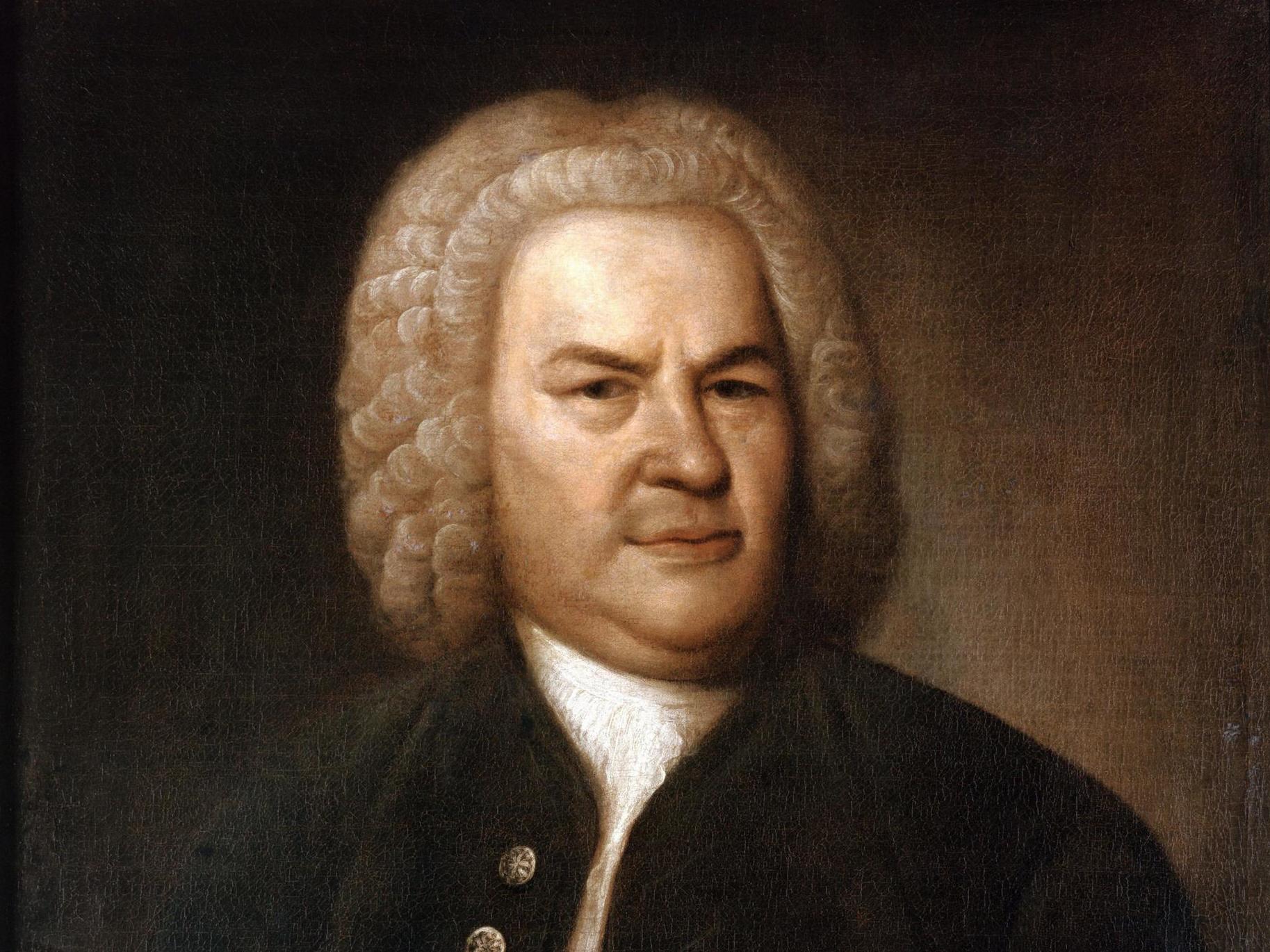Classical reviews: Bach and Schubert
The harp rearrangement of Bach's keyboard music is a resounding success, while the recording of Schubert fastidiously controls the emotions with a rock-steady pulse. By Michael Church

Bach: Goldberg Variations
Parker Ramsay, harp
(KC50049)
★★★★☆
From Kings College, Cambridge, normally the home of Elizabethan vocal polyphony, here comes something very different. Bach’s keyboard music has been rearranged countless times for other instrumentation – everything from large orchestras to scat singing to Moog synthesisers to saxophone quartets – but never before for solo harp, and here comes the multi-talented organ scholar Parker Ramsay to do it. As his mother is a harpist, that instrument is for him his mother tongue, and as he points out, the harp does in some ways offer him the best of two normally irreconcilable worlds: the harp is a plucked instrument, like the harpsichord, but it is sensitive to pressure like the piano. On the other hand, some of the keyboard effects in this great work are literally impossible on the harp, and when the music becomes chromatic, it necessitates some frantically nimble dancing across the pedals.
For Parker, this recording represents a statement about the harp – there are very few solo harp works of this length – and by and large it’s successful. The sound is beguiling, if less varied in dynamics than that of other instruments; the main drawback is the gently ballooning sympathetic resonance which surrounds each phrase.
Schubert: Late Piano Works Vol 1
Sonata No 20 in A minor D 959, Sonata No 4 in A minor D 537, Allegretto in C minor D 915
Andrea Lucchesini, piano
(Audite 97.765)
★★★★★
Lucchesini has an unusual pedigree among Schubertians. He is a noted modernist: as a close collaborator with Luciano Berio, he premiered that composer’s challenging final work for piano. He approaches Schubert via Beethoven, and describes himself as a fellow-Wanderer. Studying late Schubert, he says, requires the capacity to “follow the Wanderer on his path, to take a plunge into his emotional labyrinth”, and to achieve “complete immersion” in his work. He particularly stresses the importance of the “accompanying” parts: for Schubert, he says, these were never secondary, their purpose being to intensify the drama, “or create elegiac counterparts”.
Classical restraint marks the opening of D537, with a sound so dry that it almost suggests the intimacy of a fortepiano. In the Andantino – locus classicus for those who argue that Schubert had a nervous breakdown – the emotions are fastidiously controlled with a rock-steady pulse. Lucchesini celebrates the enigmatic nature of the Allegretto D915, while D537 is full of pleasures.
Join our commenting forum
Join thought-provoking conversations, follow other Independent readers and see their replies
Comments